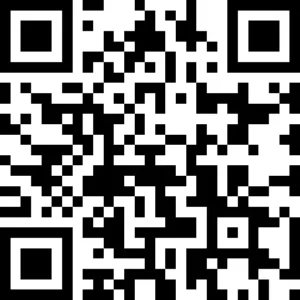What diseases are common in North Dakota?
What vaccines do I need?
Powered by pharmacies
With over 1,700 pharmacy partners across the UK, you can get the help you need, wherever you are based.
Our website and mobile app make it easy and convenient to manage your health needs and book services at a pharmacy nearby.
How safe is it to travel there?
North Dakota is generally safe for travellers, with low crime rates compared to many urban areas. However, as with any destination, it is wise to stay informed about local news and follow any travel advisories.
How’s the weather?
North Dakota experiences four distinct seasons, ranging from cold winters to warm summers. In winter, temperatures can drop significantly, so it’s essential to dress warmly. During summer, use sunscreen and stay hydrated, especially when participating in outdoor activities.
Could the altitude affect my trip?
North Dakota’s altitude is not particularly high, so most travellers should not experience altitude sickness.
Is the water safe to drink?
The tap water in North Dakota is generally safe to drink, but it’s always wise to check local advisories, especially in rural areas or if there have been recent reports of contamination.
Is it safe to swim?
Swimming is generally safe in public pools and lakes in North Dakota. However, be aware of local conditions, as some lakes may have water quality warnings during specific seasons.
Are there any dangerous insects or animals?
When exploring North Dakota’s natural areas, be cautious of ticks and mosquitoes. Wearing long sleeves and using insect repellent can help to reduce your risk of bites. Additionally, avoid approaching wildlife such as bears or bison, which can be dangerous if provoked.
I have allergies, what should I avoid?
If you have allergies, be mindful of potential triggers such as pollen from blooming plants in spring and summer. If you’re allergic to certain foods, always inform restaurant staff and carry necessary medication for severe reactions.
How do I visit a doctor in North Dakota?
If you need to see a doctor in North Dakota, you can visit urgent care clinics or local hospitals. It’s advisable to check if the facility accepts your insurance and bring your health insurance information with you.
How do I access medicine in North Dakota?
You can find pharmacies in larger towns and cities, such as CVS or Walgreens. Look for signs with the pharmacy name, usually located in shopping areas or near hospitals.
What’s the emergency number?
In North Dakota, the emergency number for medical assistance is 911. This number can also be used to contact the police in case of an emergency.
Final Thoughts:
As always, it’s a good idea to consult your pharmacy or healthcare provider if you have concerns or need advice about health and safety before travelling.





